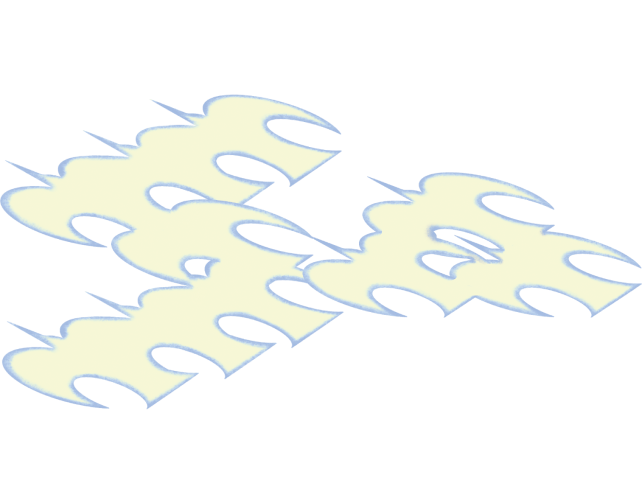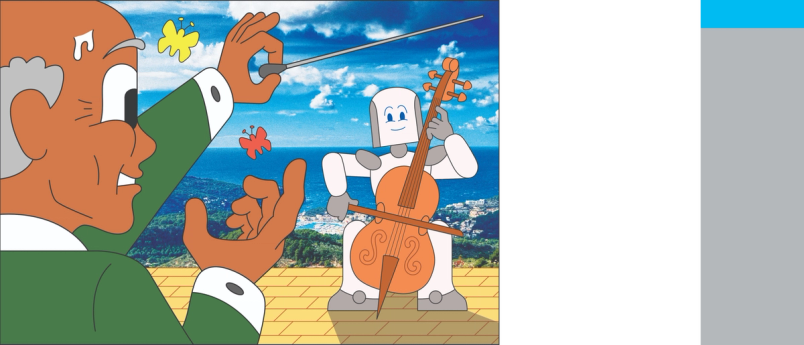Welcome to The Prompt


AI promises to reinvigorate the way we design and build, but how we realize that potential is still an open question. By answering a series of prompts, leaders in this rapidly evolving field take stock of where we stand, what the limits are, and where we’re bound to grow.
The Prompt is a magazine created by Figma’s Story Studio and Brand Studio. It features illustrations by Jiyung Lee, Kyle Platts, Lena Weber, and Thomas Merceron. Chloe Scheffe designed the print edition, which launched at Config 2024 and is available in the Figma Store.
- What is good design in the age of AI?
- Why are we so afraid of code as a commodity?
- What is minimum viable data?
- What happens when you start at 0.5?
- Can we reach beyond the echo chamber?
- Is efficiency the enemy of creativity?
- How do you build AI features people want and trust?
- What would you ask if nobody could judge you?
- What is the importance of ADI in the age of AGI?
- Is automation the key to unlocking the full potential of design systems?
- Should robots be building our homes?
- Are we finally entering the age of androids?
At its most basic, prompt engineering is the art of getting the right answer by knowing how to ask the right questions. It is not dissimilar to being a good interviewer—or putting together a magazine, for that matter. Really any act, creative or otherwise, starts with a prompt. The real art lies in thoughtfully designing the input—to give the right context, framing, and guidance—so that a Large Language Model (LLM) can arrive at the most satisfying result. Because an AI’s brilliance is inert, it needs coaxing to shine. Lucky for us humans, our impulse to question is innate.


It is in the spirit of designing a well-crafted prompt that we set out to assemble this collection of essays and interviews. We wanted to learn from folks both inside and outside of Figma who are working across design, engineering, product development, and the built environment to bring a new “legibility to these complex systems,” as multidisciplinary designer and roboticist Madeline Gannon describes it. Through using the technology, they are finding better ways to prompt the technology. They are teaching the Als the mechanics of good design and exploring ways to solve big challenges across industries—from manufacturing to residential housing. At the same time, they’re setting their sights on more attainable horizons, focusing on the value that AI can reliably deliver right now. “We are in the telnet days of LLM and diffusion model interfaces. There are so many possibilities for new interaction models to explore,” says Figma co-founder and CEO Dylan Field.
On the topic of technology taking our jobs or replacing us—particularly in the realm of design and engineering—even the AIs are skeptical. Claude, Anthropic’s notoriously articulate LLM, is the first to admit it. “There may be some contexts or situational nuances that I could miss without having a truly human experiential base to draw from,” it says. This is where the human in the loop matters most and makes all the difference between what’s good and what’s great. It’s a humbler, more human vision for the AI era. As Kris Rasmussen, CTO at Figma, sees it, “There’s so much more to being an engineer than just outputting code. It’s also about knowing which problems to solve and how to solve them.”
Our ability to process information that an AI cannot—the subtleties of context, the nuance of style, and maybe most critically, the pull of intuition—makes it so that the more we use AI, the more we poke and prod it to produce better results, the more we understand its potential and its limitations. We also get clearer about our own strengths; we start to see our human capacity in stark relief, and the reality that this technology needs us just as much as we need it.


What is good design in the age of AI?
As AI transforms the product development process, long-held principles of the design craft are more salient than ever. Figma Vice President of Product Design, Noah Levin, and his team dig into what guides their work now that the baseline has changed.

Why are we so afraid of code as a commodity?

On the development side, argues Figma Chief Technology Officer Kris Rasmussen, it’s less about writing code more efficiently and more about the new problems engineers are uniquely positioned to solve. His team sounds off on the ways in which creativity and expertise can stretch in the wake of AI.

What is minimum viable data?

We’re so focused on what AI can produce that we often overlook what informs that output in the first place. Ovetta Sampson, Director of User Experience Machine Learning at Google, unpacks how high-quality, equitable data ultimately yields better tools.
What happens when you start at 0.5?
Codegen tools may not take you from 0 to 1—or anywhere close—but there’s a lot to be said for starting with a first draft. We dive into all the pragmatic ways it can expedite the journey from design to development.
Can we reach beyond the echo chamber?
The Browser Company’s Karla Mickens Cole and Nashilu Mouen chat about how the eclectic—and often surprising—influences they bring to their work impact the product. It’s also their secret to untangling the question of how AI can add real value.

Is efficiency the enemy of creativity?
In a world keen on shortcuts, John Maeda is taking the scenic route. Here, he reconciles the promise of AI with the pursuit of creative endeavors and explains why the best ideas are often the ones that take the most work.

How do you build AI features people want and trust?
AI is a technology, not a feature in itself. Discover how product leaders from Figma, Duolingo, LinkedIn, and Asana are cutting through the hype to ship features that actually matter to their users.

What would you ask if nobody could judge you?
Perplexity co-founder and CEO Aravind Srinivas built what he calls an “answer engine” because we all have questions we’re afraid to ask. We sat down to learn how Perplexity works and how it aims to encourage curiosity.

What is the importance of ADI in the age of AGI?
Replit’s former Vice President of Marketing and Design David Hoang explains why Artificial Developer Intelligence (ADI), not Artificial General Intelligence (AGI), is the key to working more autonomously and productively.

Is automation the key to unlocking the full potential of design systems?
In this installment of an ongoing series, design systems leaders reveal how plugins, widgets, and tooling are making work simpler and faster. With the help of AI, those functionalities pack even more punch.

Should robots be building our homes?
The way we build homes is broken—or so the co-founder and CEO of Icon, Jason Ballard, thinks. That’s why he’s developing 3D-printing robots and an AI model for architecture aimed at making housing more affordable, efficient, and eco-friendly.

Are we finally entering the age of androids?
We’ve long been fascinated by humanoid robots, but until recently, they’ve been confined to the realm of science fiction. As both edutainment and general purpose androids enter the market, we’re faced with new questions about how to live with AI.







